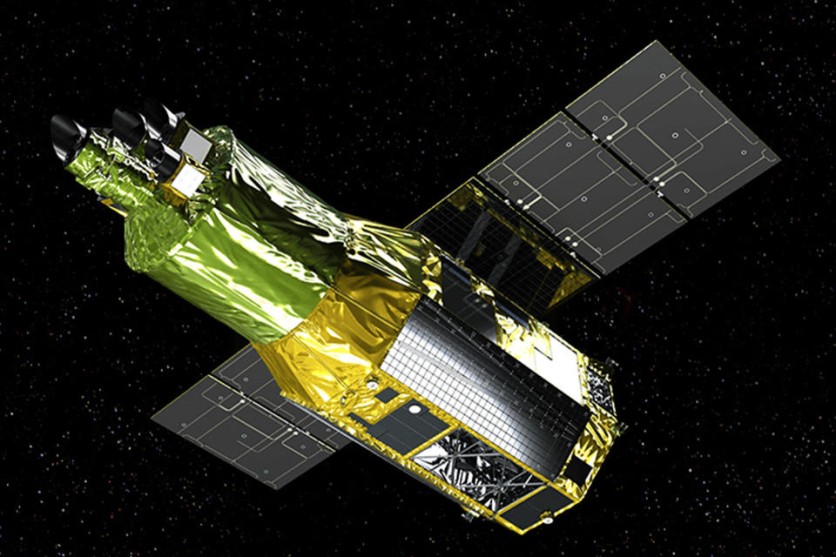The eagerly anticipated XRISM spacecraft, born from the partnership between JAXA and NASA, readies itself for an extraordinary mission.
XRISM is poised to capture an expansive spectrum of X-rays, comparable to a vibrant cosmic rainbow, offering unprecedented insights into the enigmatic depths of the universe.

JAXA and NASA Getting Ready for Launch of XRISM Spacecraft
In a remarkable collaboration, the National Aeronautics and Space Administration (NASA) and the Japan Aerospace Exploration Agency (JAXA) have joined forces to craft the pioneering X-Ray Imaging and Spectroscopy Mission (XRISM) spacecraft, poised to take flight in a matter of days.
Interesting Engineering reported that the eagerly awaited XRISM is primed to embark on its journey into low Earth orbit aboard an H-IIA rocket, slated for liftoff from the Tanegashima Space Center in Japan at precisely 09:34 JST (01:34 BST) on August 26.
The mission's overarching purpose encompasses illuminating the universe's evolution's intricacies and unraveling spacetime's enigmatic structure.
As anticipation builds for the imminent launch, spectators around the world will have the opportunity to witness this significant event unfold in real time, with live coverage available in both Japanese and English via JAXA's YouTube channel.
The XRISM mission is a testament to the power of international collaboration and human curiosity, ready to embark on an expedition of discovery that transcends borders and boundaries.
Studying Cosmic Objects Through X-Ray Light Analysis
SciTech Daily reported that the mission's goal is to study the universe's hottest regions and cosmic objects with the strongest gravity using X-ray light analysis, helping astronomers gather more information by analyzing the light they emit.
XRISM will observe galaxy clusters to uncover how the universe creates and spreads chemical elements. By studying the hot gas within these clusters, which originates from both new and dying stars, scientists can gain insights into the journey of these materials over billions of years.
The XRISM mission will also analyze the X-ray emissions of highly dense entities like supermassive black holes. This endeavor aims to enhance our comprehension of how these objects influence the fabric of spacetime in their immediate vicinity.
Opening New Window on the X-Ray Cosmos
In an explainer released by NASA, video producer Sophia Roberts at NASA's Goddard Space Flight Center discussed how understanding the realm of spectroscopy deepens our knowledge of the universe.
Roberts emphasized that as much as we're captivated by the stunning visuals captured by missions like the ones from NASA's James Webb Space Telescope, there's an equally significant narrative embedded in the science of spectroscopy.
According to Roberts, this deep dive into spectroscopy has granted her a profound appreciation of "the critical context it gives scientists about the story behind those pictures."
XRISM, a collaboration between JAXA and NASA, features a telescope named Resolve, a microcalorimeter spectrometer that is an instrument colder than the iciest known locations in the universe.
This innovative instrument is designed to generate spectra, which are measurements of light intensity spanning various energy levels, for X-rays from 400 to 12,000 electron volts. For comparison, it is worth noting that the energy range of visible light falls from approximately 2 to 3 electron volts.
Related Article : Japan's H-IIA Rocket Launch Postponed, Investigations Ongoing into March H3 Engine Failure

ⓒ 2025 TECHTIMES.com All rights reserved. Do not reproduce without permission.




